Today’s case is truly inspiring. When having an idea, take action instead of just thinking and waiting. Don’t go all-in at first; test product ideas with small costs. Then, optimize and grow the business. First, let me give you some background info:
- Protagonist: Bunny Ange
- Markets: stores in different local EU markets.
- Product: Dino Dog Toy
- Sales revenue: $150k
Next, I’ll tell Bunny Ange’s story in the first person. I believe it will be inspiring for everyone.
How did we quickly select, test, and find this profitable product?
We always copy & paste what is already working. Because we do not want to put effort into any product without knowing if it works or not. There is a high chance the products you’ve found in your research will fail.
We researched existing products and used straightforward approaches.
First, we used some tools:
- Glimpse and Google Trends to identify what’s popular in markets.
- Afterlib and dropship.io to scout dropshipping stores, mainly US Shopify stores.
Then, combine our findings with the FB ads library to see if these stores have launched any product in the last 7 days and have been scaled. If yes, save it in our Google Sheets. Meanwhile, we double-check the store’s traffic with SimilarWeb.
Speed is what matters. We kept working fast until we had built a list of 50 products. Then, we picked the 10 best products based on 3 points:
- Ad performance (priority) — if the competitors run many ads in the last 7 days and the ROAS is good?
- Profitability — can we sell it for at least a 3x markup?
- Problem-solving — if this product is truly useful, or just has little use but hard to discard?
Next day, we ran Facebook ads to test 10 products in our Dutch market first.
For all these 10 products, we didn’t waste time perfecting everything from the start. Instead, we copied and pasted everything from the competitor. This means the same creatives/product images/descriptions, etc. We just wanted to see if it was working in our markets.
All these Facebook ads lead to our general store, which is specifically used for product testing with a dropshipping model. Out of these 10, most failed and some were break even. Luckily, we had one that did well — the dino dog toy. It had a high CTR %, 3+%, and low CPCs, around $0.40. This plush toy was on the point of dog owners, who struggled to find a durable dog toy.

At this point, we killed all the other products that did not give us any signs of profitability after the $20 campaign spent. We don’t like to waste time to make this better; we just move on to the next product.
For the dog toy, we kept the product running for 48 more hours to make a final decision. After 72 hours, the ROAS was still stable at around 3. We decided to refine our marketing and buy wholesale from suppliers to lower product costs.
How to quickly find good suppliers and ensure product quality?
We worked with a Chinese sourcing agent. They helped find suppliers for our product quickly. Once we receive an order, they automatically source the supplier for us within 24 hours.
Once we tested a good product and wanted to scale dino dog toys, we asked the sourcing agent to source from 3 factories and send us videos for checking and confirmation.
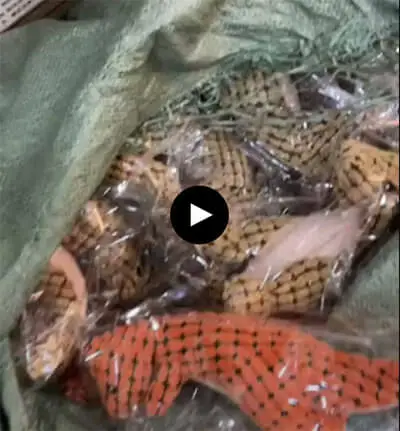
China toy factory video screenshot
Once we picked the factory with the best qualities, we told the sourcing agent and asked them to negotiate a better price from the factory for my bulk order, around thousands of units. They made it. Ultimately, we got our products at $1.30/unit, saving much more than drop shipping.
With our sourcing agent’s product inspection to control the quality, we sold over 5k units. Meanwhile, we were also refining product marketing to maximize profits.
How to refine our product marketing?
Analyze Amazon competitor product listings to optimize our product page.
Picked and learned from the best product listing on Amazon. Meanwhile, we paid attention to reviews to understand consumer concerns and preferences. Click to enlarge the 2 pics below.
Also, we did 3 other key things to optimize our product page.
Additionally, we bundled 3-color dog toys as a set to boost AOV.
Noting people buy multiple toys at once, we created a product bundle of the 3 colors available. Instead of 1 for $22.95, we sold 3 for $45.95, effectively encouraging purchases. Our AOV (average order value) got boosted by 25% doing this.
Adjust ad budgets and optimize ad running strategies.
For this particular product, we used the CBO (Campaign Budget Optimization) strategy. After the first 72 hours, we started at $50. Most of the time, we receive horrible add-to-carts, low CTRs, and high CPC. Only once 48 hours have passed and the ROAS and CPP are lucrative can we double the budget. This means:

Once we reached $10k in sales, we started translating the ad creatives into the native market language–Dutch.
After $20k in sales within the Dutch market, we used an online service to introduce comments under our Facebook ads to boost engagement. Reviews are not 100% real. To gather them in a short time, we use GPT or particular reviews from Amazon to make sure to tackle any question a customer has when they are looking into product reviews.
To trigger the audience’s emotions for effective connection, we used images of different dogs, like aggressive German Shepherds, playing with the toy. Soon, many others started sharing images of their dogs. That is good because the FB AI algorithm will see this as an ad people like and drive us better traffic, lower CPM, and lower CPCs.
Expand markets beyond the Dutch.
Once we have reached $30k in sales, we expand to different countries: Switzerland, Germany, Sweden, Australia, Israel, and Denmark.
Updated product pages and translated ad creatives into native languages. The CBO strategies are all the same within the markets. We also boosted with comments underneath the ads for the different countries.
What is the product lifecycle and average profit margin?
Regarding this winning dog toy, it has a lifetime of 2 months. We made 150k total sales and the margins are around 20%.
Overall, we have done almost $2M in sales last year, with an average profit margin of approximately 12%. This is because we do lots of volumes — testing more products. This lowers the profit margins.
And I have to say that this mode is like an endless game of whack-a-mole. A new product pops up and rushes to capitalize, then it fades or gets saturated. Despite the challenges, last year’s performance was not bad.
What I'd like to share with e-commerce newbies?
My top advice is to take action, test, and improve, just like many successful businesses I’ve seen. Fortune favors the bold.
Always test products in general stores using a low-cost, low-risk dropshipping model.
Time is valuable. Never perfect everything from the start without even knowing if the product has a market fit or not. If a product is working, it can even be sold on a shitty product page.
The more you test, the more profitable products you will find. Once you identify a profitable product, move to niche stores or one-product stores to refine marketing while switching to a wholesale model to lower costs.
Work with sourcing agents to source products from several suppliers quickly. They can negotiate good prices with factories to customize and wholesale your products.
Never scale any shitty products. Before you scale any product, always confirm product quality with your agent. Once goods meet your standards, your agent will arrange shipping to your specified location at the best prices, saving you logistics costs.
A reliable sourcing agent is your purchasing team in China, managing every step of your sourcing process, reducing overall costs, and ensuring a stable supply.
Subscribe
Join our newsletter to learn more inspiring business cases.
We are Jingsourcing, a leading Chinese sourcing company that helps startups and small businesses import from China. Our newsletters feature client case studies, sourcing advice, and enlightening stories like this one.
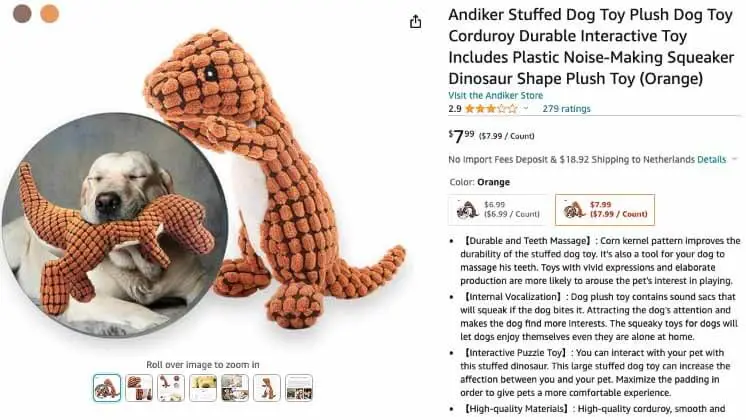
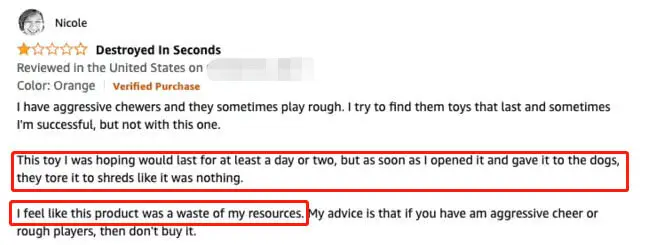
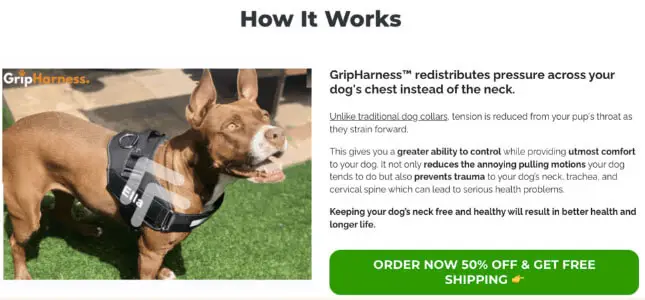
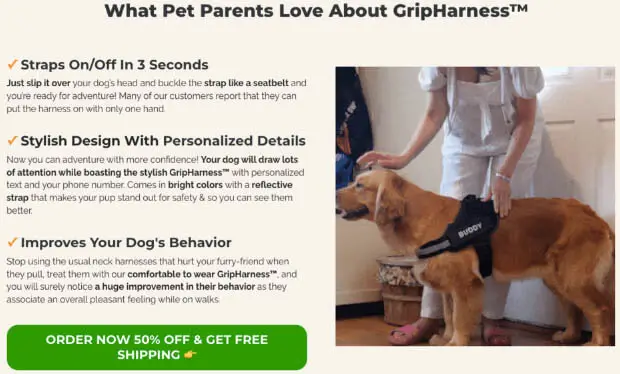
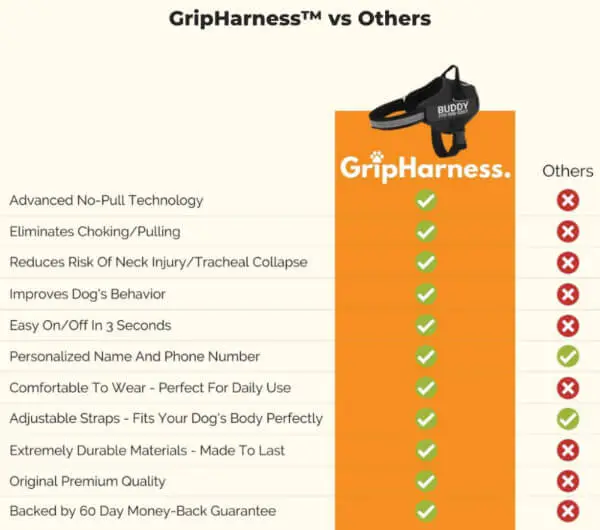
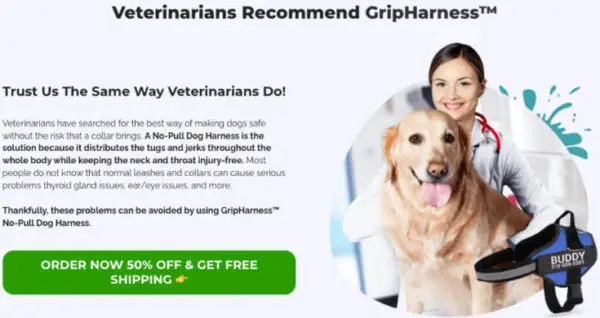
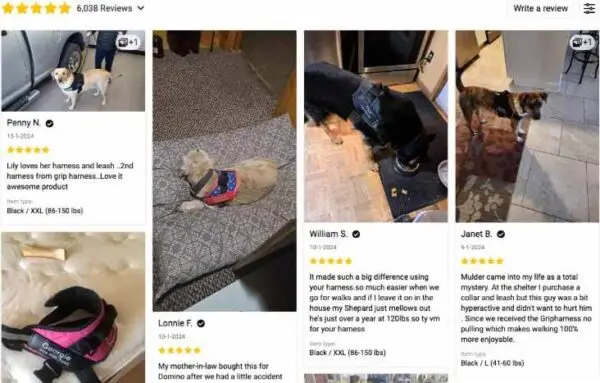

Leave A Comment